Antimony Trichloride 98.5%
₹0.00 – ₹10,600.00
Antimony Trichloride is a white, hygroscopic solid used as a catalyst, mordant in dyeing, and in the production of other antimony compounds. It is corrosive and reacts violently with water.
Antimony Trichloride is a versatile chemical compound with a range of industrial and laboratory applications.Here's a more detailed description:
Chemical and Physical Properties:
- Chemical Formula: SbCl₃
- Appearance: White, crystalline solid. It is hygroscopic, meaning it readily absorbs moisture from the air.
- Physical State: Solid at room temperature.
- Melting Point: 73.4 °C
- Boiling Point: 223.5 °C
- Density: 3.14 g/cm³
- Solubility:
- It dissolves in water, but this reaction is exothermic and produces hydrochloric acid, so it is somewhat of a violent reaction.
- It's soluble in various organic solvents, such as ethanol and chloroform, with some variance reported regarding chloroform.
- Corrosivity: It is highly corrosive.
Applications:
- Catalyst:
- Antimony trichloride serves as a catalyst in various chemical reactions, particularly in organic synthesis.
- Mordant in Dyeing:
- It's used as a mordant, which helps dyes adhere to fabrics.
- Production of Other Antimony Compounds:
- It's an intermediate in the production of other antimony compounds.
- Analytical Reagent:
- It has applications within analytical chemistry.
- Used within metal refining.
Safety Considerations:
- Corrosivity:
- Antimony trichloride is highly corrosive and can cause severe burns to the skin, eyes, and mucous membranes.
- Reactivity with Water:
- It reacts violently with water, producing hydrochloric acid.
- Toxicity:
- It's toxic if ingested or inhaled.
- Handling Precautions:
- Appropriate protective equipment, such as gloves, goggles, and respiratory protection, is essential when handling antimony trichloride.
- It should be stored in a dry, well-ventilated area.
Key Characteristics:
- Its hygroscopic nature requires careful storage to prevent moisture absorption.
- Its corrosive properties necessitate careful handling.
- The violent reactions with water are an important safety factor.
In summary, Antimony Trichloride is a useful chemical compound with diverse applications, but its corrosive and reactive nature requires stringent safety precautions.
Additional information
| Weight | N/A |
|---|---|
| CAS number | 10025-91-9 |
| Chemical formula | SbCl₃ |
| Molar mass | 228.11 g/mol |
| Physical state | Solid at room temperature; white crystalline. |
| Odor | Pungent |
| Melting point | 73.4 °C |
| Boiling point | 223.5 °C |
| Density | 3.14 g/cm³ |
| Solubility in water | Highly soluble, but reacts exothermically, producing hydrochloric acid. |
| Flash point: | Non-flammable. |
| Autoignition temperature | NA |
| Dye Content | NA |
| Vapor pressure | Relatively low. |
| UN number | UN 1733 |
| Flammability | Non-flammable |
| Carcinogenicity | While antimony compounds in general have raised concern, the main hazard of antimony trichloride is it's corrosive properties. |
| Grade | CP |
| Size | 500 gm, 5 kg, 25 kg |
Only logged in customers who have purchased this product may leave a review.
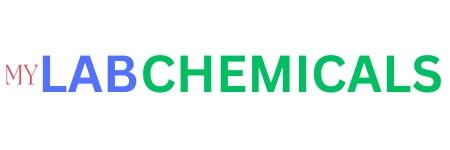

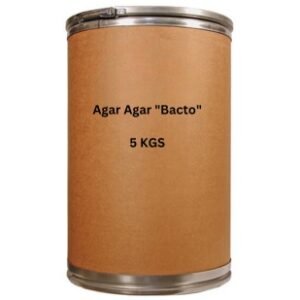
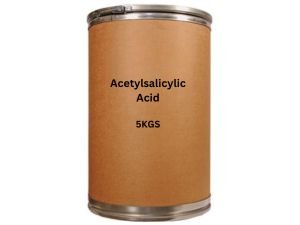
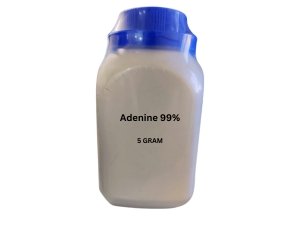
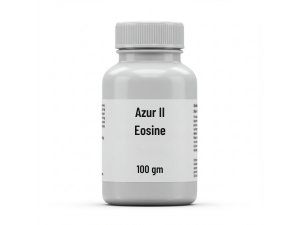
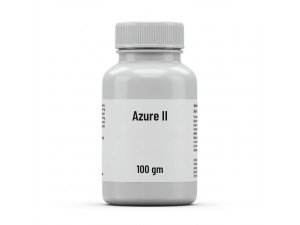
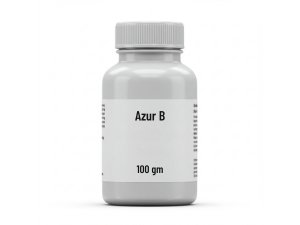
Reviews
There are no reviews yet.